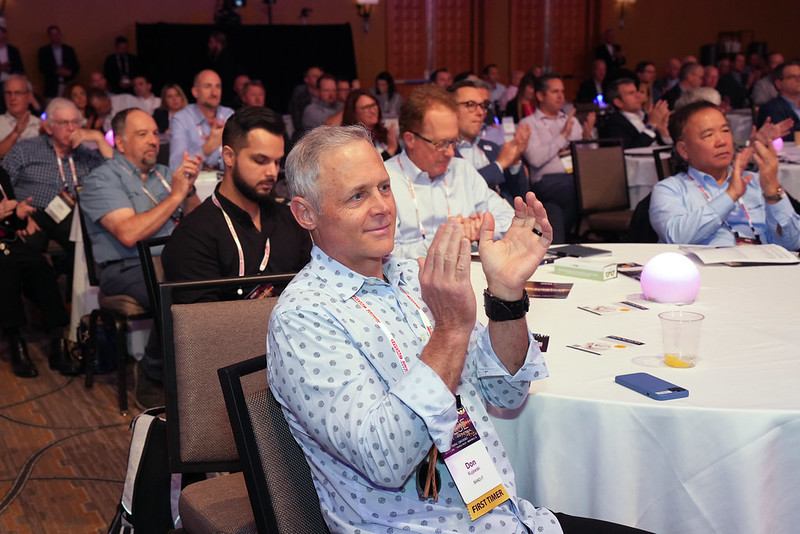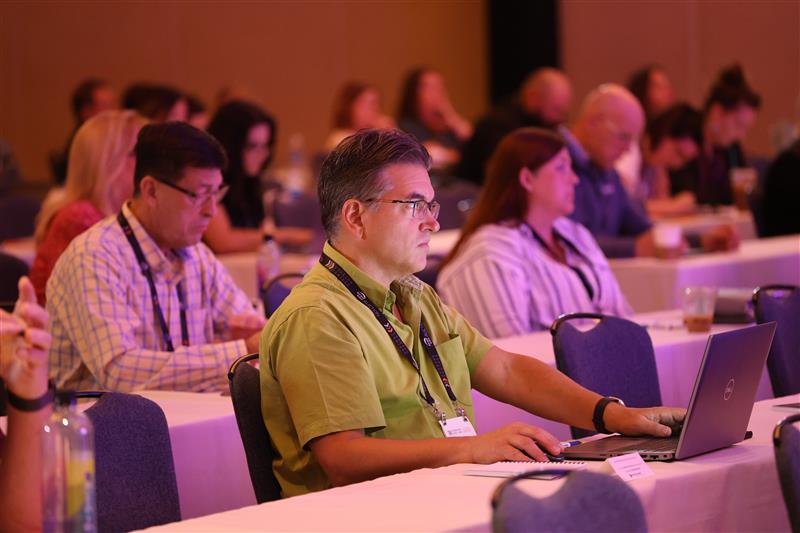By Julie Davis, AEM Senior Director of Workforce and Industry Initiatives
If you’re a small to mid-sized business trying to recruit employees, I don’t need to tell you it’s a difficult market out there today. What I would like to tell you, however, is that you don’t need to struggle in isolation.
HR professionals have long been able to stand strong in response to challenges, whether it's trying to add production lines and seasonal employees, or navigate the ups and downs of employment needs. However, employment conditions like we’re experiencing today necessitate working collaboratively to better achieve desired results.
Every community, whether large or small, has organizations available to support workforce development. Partners to consider include local workforce boards, economic development groups, educational entities, American job centers, trade-focused non-profits, veterans centers, chambers of commerce, and a variety of other organizations that will facilitate the connection conversations if you don’t know where to begin, examples of good places to start would include Ford NGL or GPS Education Partners.
Access more resources and information by visiting the AEM Workforce Solutions Toolkit.
There has never been more funding available to support skills training, resources to help workers to transition to new careers, and organizations that are positioned to facilitate conversations between industry and education. The benefit of current hiring challenges is a flood of resources that have become available to help.
Let me be clear about something. If your company doesn’t have a seat at the table with community organizations that are directing these funds to meet local needs, then you are doing yourself a disservice. There’s simply no more effective way to let these organizations know what hiring challenges you’re facing.
When it comes to working with partners, start with knowing what you want to do. Another way to think about this is to consider how you are aligning your talent strategy with your business strategy. If you’ve never had to consider developing a talent strategy, it may be helpful to consider these four talent strategies as defined by ManpowerGroup, the largest employment agency in the United States:
- Buying talent. This means you are looking to go to an external market to find the best talent that cannot be built in-house in the timeframe required. This strategy includes raising wages, differentiating benefits, or other strategies that bring talent to you.
- Borrowing talent. This means you would cultivate communities of talent outside the organization, including part-time, freelance, contract and temporary workers to complement existing skills.
- Building talent. This means you are willing to invest in learning and development to grow your talent pipeline. This includes internships, apprenticeships, collaboratives, partnerships and other community engagements.
- Building a bridge for talent. This means you will help people move on and move up to new roles inside or outside the organization. This can include activities like adult apprenticeship programs, employee development and tuition reimbursement.
Once you decide what talent strategies you need to fill your positions as you look ahead, you can decide what organizations in your local community can help you. If you just don’t know where to begin the conversation, start with your local workforce development board. Every state has regional workforce boards, and you can find yours by looking on the Workforce Development Board Finder and entering your zip code. Generally, your state workforce boards will have access to state and federal funds to help meet local employment needs. They also oversee the American job centers, where job-seekers can get employment information and career development training, as well as connect to other programs.
If there are any regional initiatives, collaborations or partnerships taking place in your area between employers, education, government and social services, you will want to get involved. These types of initiatives are currently the most impactful way that communities solve workforce woes. These initiatives focus on coming together under a commonly agreed upon workforce goal and – more importantly – creating meaningful solutions. In rural communities, this is the only truly impactful way to make progress.
In so many ways, if you’re isolating yourself, you’re limiting yourself. Consider what talent strategy you need, and then what outside organization can best help you meet your goals. Communicate your talent needs, identify training, secure education partners and find out if there is financial support.
Recruiting and filling open positions has never been more challenging. Isn’t it about time that you stopped trying to do it all yourself and take advantage of the support that’s available?
Learn More
For more support, ideas, or information, get started by visiting the AEM Workforce Solutions Toolkit or contact AEM’s Julie Davis at jdavis@aem.org.
For more AEM staff perspectives, subscribe to the AEM Industry Advisor.





